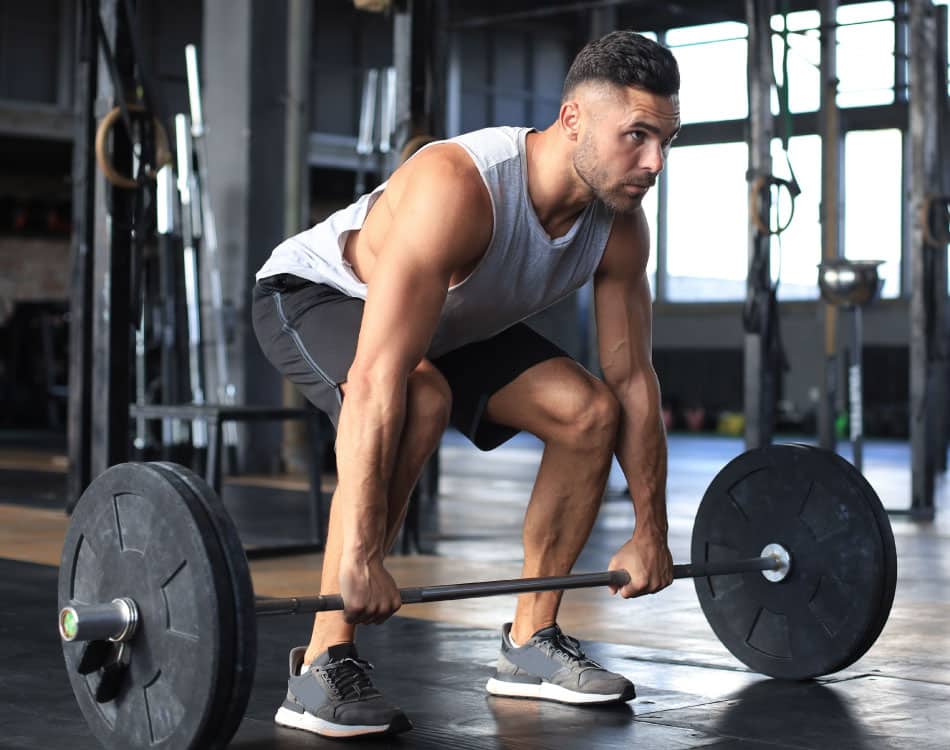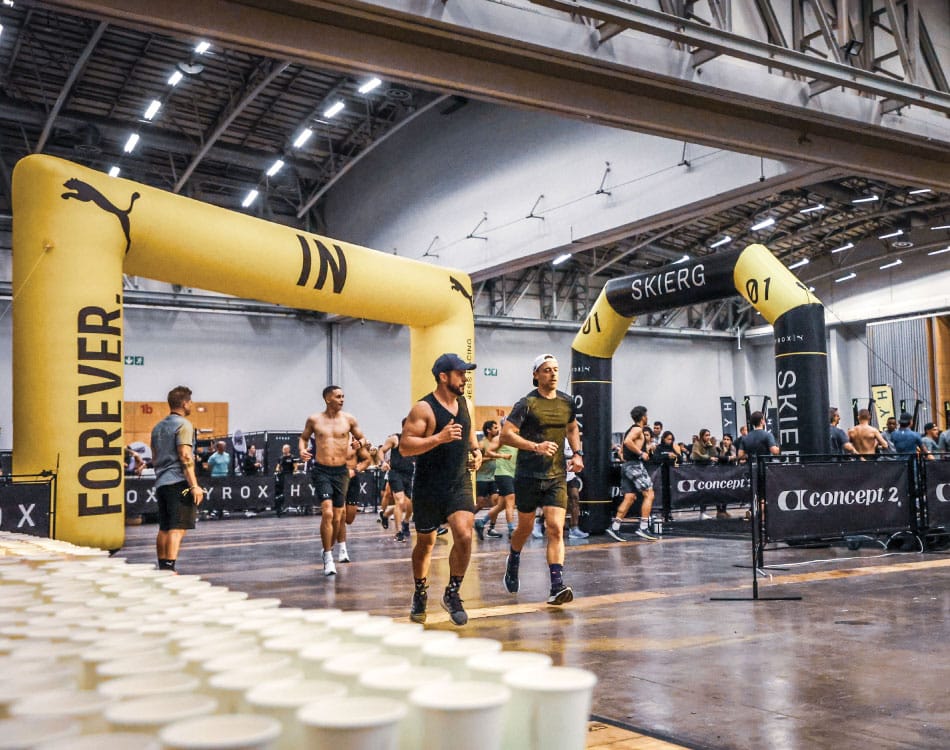On the surface, building muscle seems like a straightforward process.
You hit the gym to break down muscle with intense, heavy lifting, then rebuild that muscle with the right foods, including ample protein and well-formulated supplements. Include sufficient rest between sessions and the end result is bigger, stronger muscles.
While that is a pretty accurate summary, repairing damaged muscle cells and creating new muscle tissue is actually a wonderfully complex and highly intricate process.
READ MORE | 5 Diet Tips To Gain More Muscle
Triggering the response
When we exercise, the mechanical loading – especially from heavy weight lifting – causes micro-tears in muscle fibres.
The resultant damage causes an immediate immune response, which sends immune cells (called cytokines) to the damaged site to start the repair process.
This trigger also starts various processes on a cellular level that regulate various activities that repair and replace the damaged muscle tissue. This process aims to overcompensate for the damage caused by replacing cells and adding more to ensure we can withstand the stress in future and don’t loss muscle mass over time.
READ MORE | The More Muscle Supplement Stack
The rebuilding process
Known technically as hypertrophy, our bodies work to create complex structures (muscle protein) from simpler ‘building blocks’ (in this case, amino acids) via an anabolic process that includes growth factors, immune cells, hormones, enzymes and nutrients.
In the context of muscle growth, this anabolic process relates to muscle protein synthesis – a metabolic process driven by enzymes where the body uses amino acids to produce muscle proteins.
We get those amino acids from the food and supplements we eat and drink before and after training. Our body breaks down the protein molecule into amino acids during the digestion process. These amino acids then circulate throughout the body, ready to build and repair muscle protein.
Did you know? The ideal protein serving after exercise and at each meal is 30g of derived protein.
READ MORE | 6 Essential Supplements For Lean Muscle Gains
The hormone factor
Powerful hormones drive the rebuilding (anabolic) process. For instance, insulin helps to pull amino acids from the bloodstream into muscle cells (together with circulating glucose).
Potent anabolic hormones including testosterone, insulin-like growth factor (IGF) and human growth hormone (hGH) then stimulate protein synthesis to create new muscle tissue and promote muscle growth.
Most of the energy required to drive the muscle-building process is supplied from inside the muscle cell itself (created by small structures called mitochondria) when the energy-rich molecule adenosine triphosphate (ATP) breaks down and releases energy (creatine supplements help to support this process).
READ MORE | 15 Muscle-Building Tips That Work
Types of hypertrophy
Ultimately, this complex process results in two types of muscle growth (hypertrophy):
- Myofibrillar hypertrophy: The process by which the body rebuilds damaged contractile muscle proteins or replaces them.
- Sarcoplasmic hypertrophy: An increase in muscle cell size or volume due to increased muscle glycogen and fluid stores.
And it is myofibrillar hypertrophy that results in the bigger, stronger contractile proteins in the muscle that most people are after. While sarcoplasmic hypertrophy can also increase muscle size, this increase isn’t accompanied by improvements in strength.
According to various studies, this entire process takes 28-72 hours following exercise, depending on various factors.
Did you know? Scientific literature suggests that a daily protein intake of 1.8g per kilogram of body weight is ideal to promote muscle gain and support the repair and recovery process.















